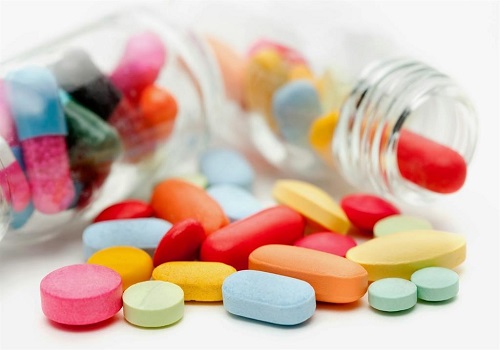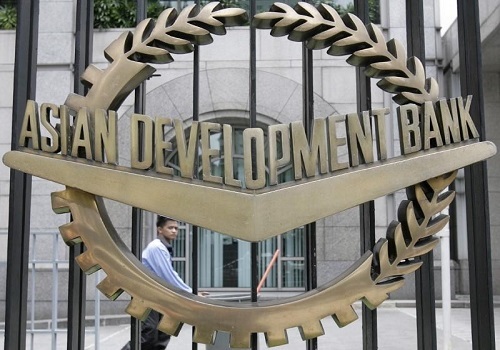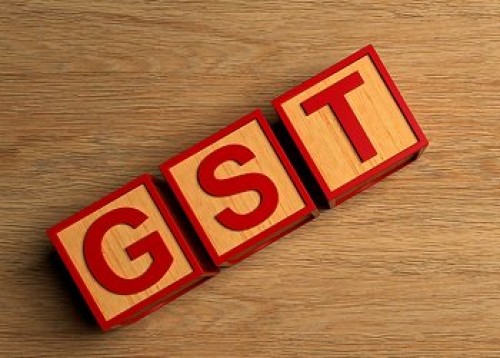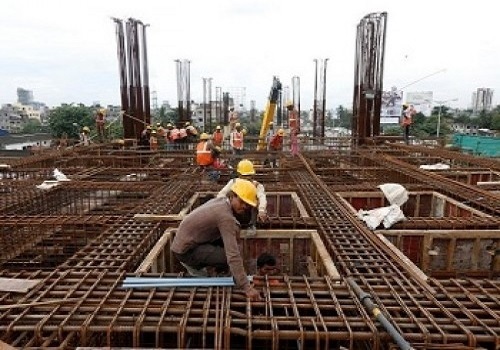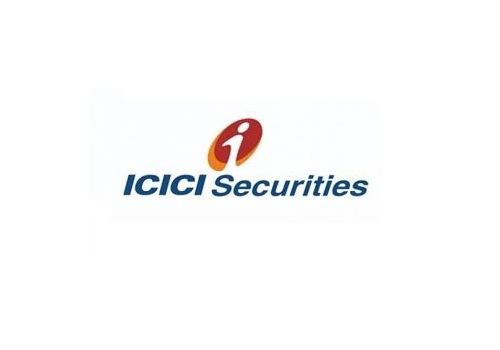NBFCs set to witness normalization in FY23: Ind-Ra
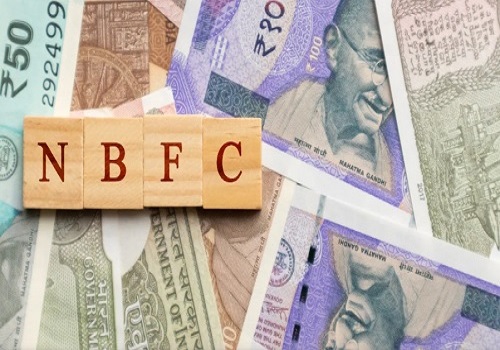
Follow us Now on Telegram ! Get daily 10 - 12 important updates on Business, Finance and Investment. Join our Telegram Channel
India Ratings and Research (Ind-Ra) in its latest report has said that after years of enduring challenges, the non-banking finance companies (NBFCs) are finally set to witness a normalisation in FY23. The NBFCs will start FY23 with sufficient capital buffers, stable margins and sizable on-balance sheet provisioning, while adequate system liquidity would aid funding. The agency, which maintained a 'neutral' sector outlook and 'stable' rating outlook for the NBFCs, said its expectations will hold true in the absence of any negative event.
According to the report, credit growth for entities it rates will rise to 14 per cent in FY23 from 8 per cent in FY22. Since the default by IL&FS in 2017, NBFCs have faced difficulties which only aggravated with the outbreak of the pandemic, which affected liquidity. The agency said an expected increase in systemic interest rates and asset quality issues in some segments due to the lagged impact of pandemic would be a drag on the operating performance of NBFCs in the new fiscal year. The sector has been facing increased regulatory oversight and push towards convergence with banks through various measures such as scale-based regulation, realignment in asset quality classification and Prompt Corrective Action (PCA) norm. The secured asset business for NBFCs may see a revival in FY23 with credit growth of 14 per cent, up from 7-8 per cent in FY22.
The report further said the products such as loans against property, housing loans and vehicle finance could witness a higher demand than personal and unsecured business loans which saw a higher demand during the pandemic. Growth in the vehicle finance segment could revive depending on the availability of vehicles which are facing component shortage due to the pandemic, along with an increase in borrower confidence towards an economic recovery.










Tag News

Monthly Debt Market Update, September 2023: CareEdge Ratings





 320-x-100_uti_gold.jpg" alt="Advertisement">
320-x-100_uti_gold.jpg" alt="Advertisement">


